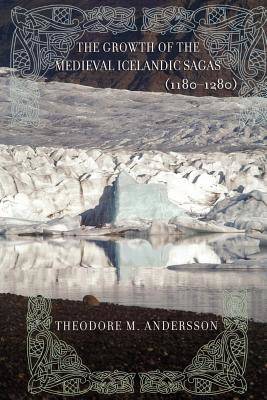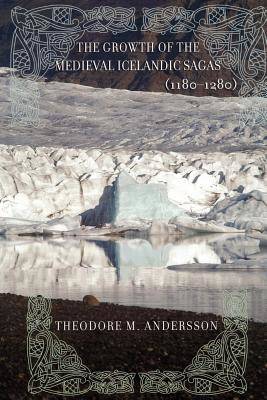
- Retrait gratuit dans votre magasin Club
- 7.000.000 titres dans notre catalogue
- Payer en toute sécurité
- Toujours un magasin près de chez vous
- Retrait gratuit dans votre magasin Club
- 7.000.000 titres dans notre catalogue
- Payer en toute sécurité
- Toujours un magasin près de chez vous
Description
In this book, Theodore M. Andersson, a leading scholar of the Norse sagas, introduces readers to the development of the Icelandic sagas between 1180 and 1280, a crucial period that witnessed a gradual shift of emphasis from tales of adventure and personal distinction to the analysis of political and historical propositions. Beginning with the first full-length sagas and culminating in the acknowledged masterpiece Njáls saga, Andersson emphasizes a historical perspective, establishing a chronology for seventeen of the most important sagas and showing how they evolve thematically and stylistically over the century under study.
Revisiting the long-standing debate about the oral and literary components of the sagas, Andersson argues that there is a clear progression from the somewhat mechanical gathering of oral lore in the early sagas to an increasingly tight and authorially controlled composition in the later sagas. The early sagas--including The Legendary Saga of Saint Olaf and Odd Snorrason's Saga of Olaf Tryggvason--focus on conspicuous individuals and their memorable deeds; later works are more apt to formulate the abstract problems and ideas that preoccupied their authors. As the authors begin to impose their views on the inherited narratives, the sagas become more and more critical and self-conscious, to the point where Njáls saga may be considered not only to approximate a novel in our sense of the term but also to comment on the saga form.
Spécifications
Parties prenantes
- Auteur(s) :
- Editeur:
Contenu
- Nombre de pages :
- 248
- Langue:
- Anglais
Caractéristiques
- EAN:
- 9780801477829
- Date de parution :
- 15-08-12
- Format:
- Livre broché
- Format numérique:
- Trade paperback (VS)
- Dimensions :
- 150 mm x 226 mm
- Poids :
- 385 g

Les avis
Nous publions uniquement les avis qui respectent les conditions requises. Consultez nos conditions pour les avis.






